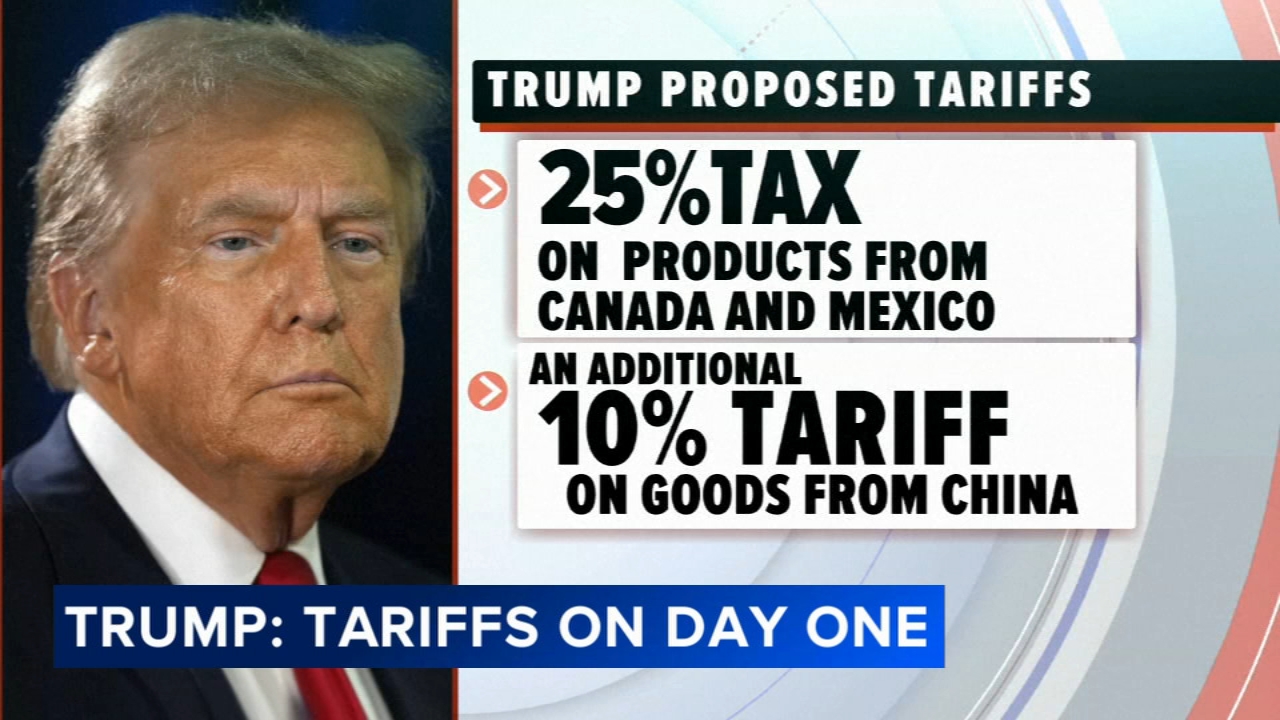
The automotive industry, a critical sector of the U.S. economy, is constantly adapting to changes in trade policies, consumer preferences, and technological advancements. President Donald Trump’s 2025 tariff policy continues to shape the landscape for
The automotive industry, a critical sector of the U.S. economy, is constantly adapting to changes in trade policies, consumer preferences, and technological advancements. President Donald Trump’s 2025 tariff policy continues to shape the landscape for American automakers and their global counterparts. This article explores the implications of these tariffs on the automotive industry and assesses how they have altered the operational and strategic approaches of manufacturers.
Overview of the 2025 Tariff Policy:
In 2025, President Trump’s administration introduced a new set of tariffs aimed at bolstering domestic manufacturing and reducing reliance on foreign imports. These tariffs primarily targeted steel and aluminum, as well as certain automotive parts and components. The rationale behind these tariffs was to protect American manufacturers from foreign competition and support job creation within the U.S.
Impact on the Automotive Industry
1. **Rising Production Costs**:
One of the most immediate effects of the 2025 tariff policy has been the increase in production costs for automotive manufacturers. With tariffs imposed on essential materials like steel and aluminum, which are foundational to vehicle production, manufacturers have faced higher expenses. This has led to concerns about the sustainability of profit margins, prompting some companies to consider passing these costs onto consumers through higher vehicle prices.
2. **Supply Chain Reconfiguration**:
The automotive industry is characterized by its complex global supply chains. The imposition of tariffs has necessitated a reassessment of sourcing strategies, leading some automakers to shift their procurement practices. Manufacturers have begun to explore alternative suppliers within the U.S. to mitigate the impact of tariffs, but this transition often involves higher costs and logistical challenges. Some companies have even considered relocating production facilities to countries with more favorable trade conditions.
3. **Retaliation and Trade Tensions**:
The 2025 tariff policy has been met with retaliatory measures from other countries, particularly those heavily involved in the automotive supply chain. Markets such as China and the European Union have responded with their own tariffs on American-made vehicles, complicating the export landscape for U.S. automakers. This tit-for-tat approach has strained international trade relations and created an environment of uncertainty for manufacturers.
4. **Investment in Innovation**:
While the immediate effects of tariffs have posed challenges, they have also spurred investment in innovation within the automotive sector. Faced with rising costs and competitive pressures, many automakers have accelerated their efforts to develop electric vehicles (EVs) and advanced technologies. The push towards sustainability and technological advancement has become a strategic focus, with companies seeking to differentiate themselves in a rapidly evolving market.
5. **Consumer Behavior and Sales Dynamics**:
Increased vehicle prices resulting from tariffs have influenced consumer purchasing decisions. As the costs of new vehicles rise, buyers may opt for used cars or delay purchases altogether, impacting overall sales in the automotive market. Furthermore, the uncertainty surrounding future tariffs can lead to cautious consumer behavior, which may affect the industry's recovery and growth.
Conclusion:
President Trump's 2025 tariff policy has undeniably impacted the automotive industry, creating a complex environment for manufacturers operating both domestically and internationally. While the intention behind these tariffs was to protect American jobs and promote local manufacturing, the unintended consequences have included rising production costs, supply chain disruptions, and retaliatory trade measures.
As the automotive industry continues to evolve, stakeholders must navigate these challenges while embracing opportunities for innovation and growth. The focus on electric vehicles and advanced technologies presents a path forward, but the ongoing implications of tariff policies will remain a critical factor in shaping the future of the automotive landscape. Balancing domestic interests with the realities of global trade will be essential for the industry to thrive in the years to come.
